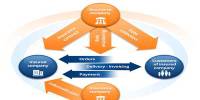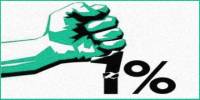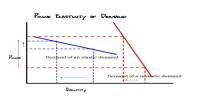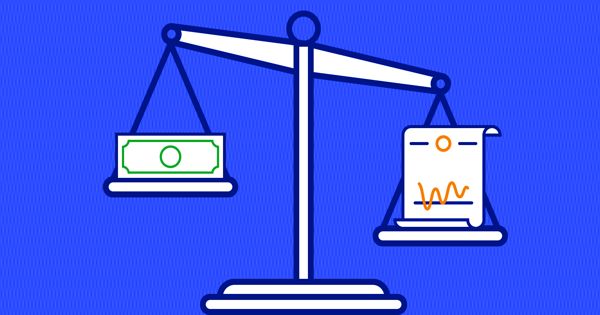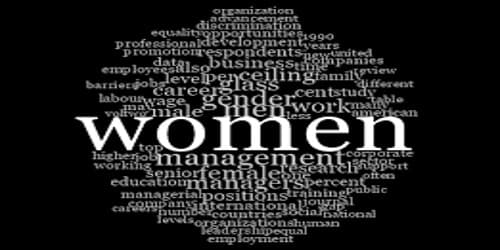An index of economic freedom compares jurisdictions based on factors including trade openness, tax burden, judicial performance, and other factors. It is a yearly index and rating developed by the Heritage Foundation and The Wall Street Journal in 1995 to assess the degree of economic freedom in the world’s countries. These variables can be weighted based on their impact on economic freedom and combined into a single score that can be used to rank them. The ranking can be done on a country-by-country basis, or it can be done on a regional or state-by-state basis.
The index’s designers claim to follow Adam Smith’s philosophy in The Wealth of Nations, which states that “fundamental institutions that safeguard individuals’ liberty to pursue their own economic interests result in greater prosperity for the wider community.” The Heritage Foundation, a conservative American think organization, produces the most commonly cited measure of economic freedom. A well-known indicator of economic freedom is published by the Fraser Institute, a Canadian think organization.
An index’s scores and ranks are determined by criteria that the index’s designers deem significant, which vary from index to index. Individuals in an economically free society are free to work, create, consume, and invest as they see fit. According to the Heritage Foundation’s website, “Every person’s fundamental right to govern his or her own labor and property is known as economic freedom. Governments in economically free societies let labor, capital, and products to travel freely and refrain from coercion or restriction of liberty beyond what is required to preserve and sustain liberty.”
The index of economic freedom may be used by investors as a rapid approach to track developments in economies where they are interested in investing. According to the Heritage Foundation, the top 20% of the index had twice the per capita income of the second quintile and five times that of the lowest 20%. Economic freedom indices analyze free-market economies at the extreme end of the spectrum. There is a strong link between the incomes of a country’s inhabitants and the country’s rating on the Economic Freedom Index.
Since the index’s inception in 1995, the score for global economic freedom has risen 2.6 points to its current level in 2008. In 2011, the score dropped from 60.2 in 2008 to 59.7 in 2011, representing a 2.2-point gain since 1995. The Economic Freedom score improved for 117 nations, the bulk of which were developing and emerging market economies, according to the report. Economic freedom indices originated from the study of the link between political-economic institutions and economic development in the field of economics as part of New Institutional Economics.
According to statistics from the 2011 index, the growth rates of nations with the greatest levels of government expenditure were 4.5 points lower on average than countries where government spending was under control, according to the Heritage Foundation. There has been a strong streak of free-market-oriented thought in economics going back at least as far as the concepts of classical economists like Adam Smith. Government expenditure, according to a report released by the Foundation, was the source of the drop and had “not only failed to halt the economic crisis, but also appears to be prolonging it in many nations.”
Some New Institutional economists tried to quantify the idea of “economic freedom” embodied by these institutions in order to utilize it in rigorous empirical research to test and show the relationship between institutions and economic growth in the late twentieth century. Upon closer study, the measure reveals itself to be a poor predictor of either freedom or prosperity. According to the Left Business Observer, index growth contributes for 10% of the variance in GDP growth.
Information Sources:

